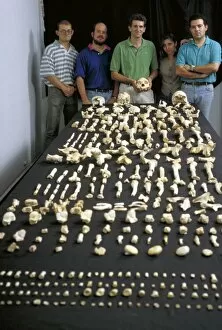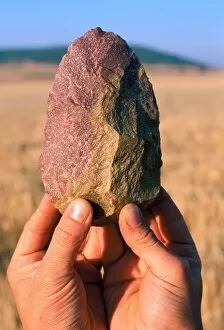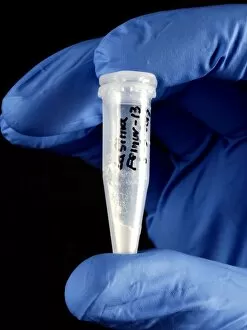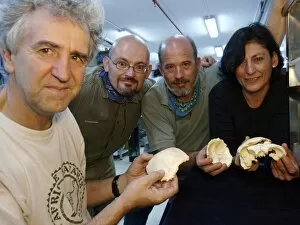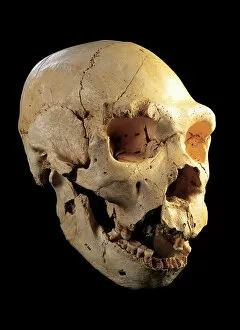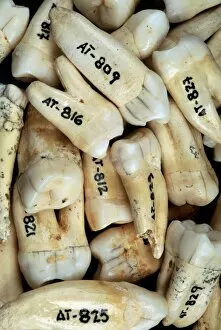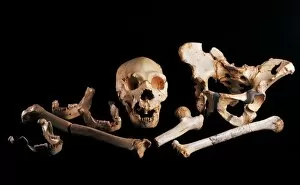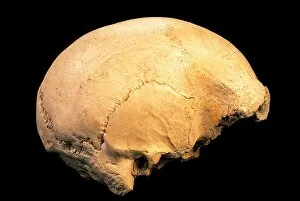Pit Of Bones Collection
"Unveiling the Secrets of the Pit of Bones: A Glimpse into our Ancient Past" Deep within the earth, a treasure trove of knowledge lies hidden in the darkness
All Professionally Made to Order for Quick Shipping
"Unveiling the Secrets of the Pit of Bones: A Glimpse into our Ancient Past" Deep within the earth, a treasure trove of knowledge lies hidden in the darkness. The pit of bones, located at Sima de los Huesos in Spain, has become an archaeological marvel that continues to captivate scientists and enthusiasts alike. The excavation efforts at this site have yielded remarkable discoveries, shedding light on our ancestors from thousands of years ago. Amongst these findings are fossils with invaluable genetic material - fossil DNA extracted from Homo heidelbergensis thigh bone specimens. With each extraction (C018 / 5398, C018 / 5400, C018 / 5399), a window into their ancient world opens wider. These fragments hold clues to unraveling mysteries surrounding human evolution and migration patterns. The meticulous excavations conducted at Sima de los Huesos (C018 / 5726, C018 / 5727) have unearthed not only bones but also precious genetic information (C018 / 6377). Scientists meticulously extract fossil DNA (C018 / 5402, C018/5410) from these remains with great care and precision. As we delve deeper into this scientific endeavor, we begin to piece together the puzzle of our past. The Homo heidelbergensis thigh bone specimen (C018/6378) stands as a testament to our shared ancestry with these early humans who once roamed the Earth. Through advanced techniques and tireless dedication, researchers continue their quest for knowledge about our ancient origins. Each extraction brings us closer to understanding how Homo heidelbergensis lived and interacted within their environment. The significance of this ongoing research cannot be overstated; it allows us to connect with those who came before us on an intimate level, and is through studying their genetic makeup that we gain insight into what makes us uniquely human today.

